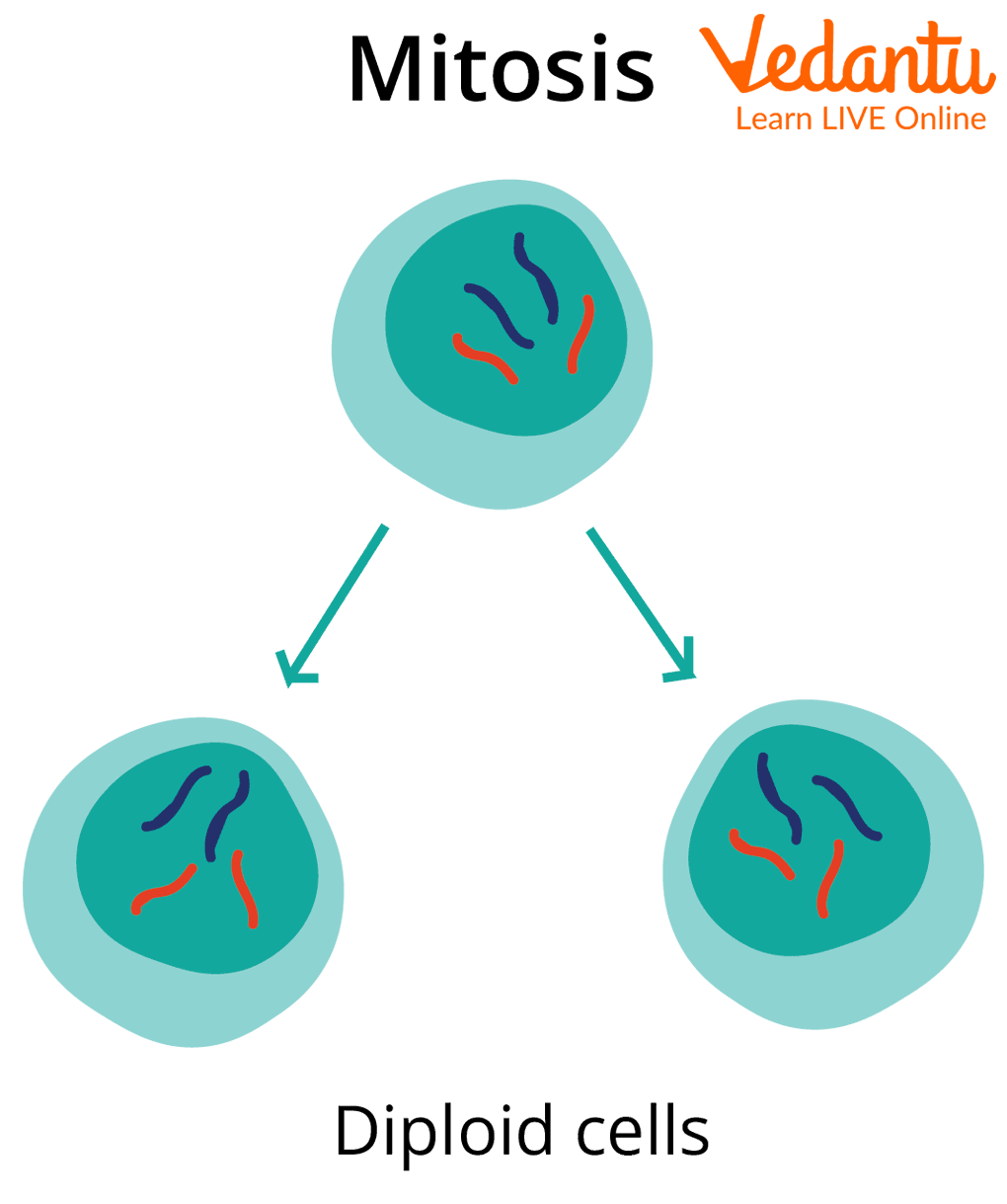




What Are the Main Stages of the Cell Cycle?
Sometimes you accidentally bite your lip or the skin on your knee, but the wound heals in a matter of days. Is this magic? Or, is there another explanation?
Every day, every hour, every second, one of the most important events in life is going on in your body—the cells are dividing. When cells divide, they make new cells. One cell divides to form two cells and these two cells divide to form four cells, and so on. We call this process "Cell Division" and "cell reproduction," because old cells divide to form new cells.
What is the Cell Cycle?
The cell cycle is an essentially biological process where cells go through many changes which lead to duplication of DNA and division of cytoplasm. As a result, cells divide themselves to form new cells. Two cells are formed from one cell by the cell cycle.
Any type of cell division takes time for new cells to re-divide. During this period the size of the cell increases, the contents of its nucleus increase and preparations for the next division are also done. Therefore, from the time a cell comes into existence to its division, there is a cycle, which is called the cell cycle.
What is Cell Division?
The biological process by which a cell divides to produce two or more cells is called Cell Division. Cell division is also one of the important phases of the Cell Cycle. The cells that divide are called mother cells and the cells formed as a result of division are called daughter cells. The growth and development of the body of an organism took place only by Cell Division. The process of cell division is also necessary for reproduction and development.
Examples of Cell Division: The growth of birds in eggs and the Growth of babies in the mother's uterus are some examples of Cell Division.

Cell Division.
How do Cells Divide?
Types of Cell Division: Depending on the type of cell, there are two ways for cells to divide – mitosis and meiosis.
These two methods of cell division have different features. The main difference in mitosis is that a cell divides into two cells that are very similar to each other and have the same number of chromosomes. This type of cell division is good for basic growth, repair and maintenance. In meiosis, a cell divides into four cells that contain half the number of chromosomes. Reducing the number of chromosomes is important for sexual reproduction and provides genetic diversity.
Mitosis for Kids
In mitotic cell division, one cell divides to form two daughter cells, this cell division is essential for growth, development and repair.
What type of Cell goes through Mitosis? Mitosis division occurs in somatic cells( cells other than reproductive cells).
Example of Mitosis cell division: Regenerates new skin cells to remove older damaged cells.
Mitosis Cell division is also called somatic cell division because this division occurs in somatic cells and two identical cells are formed. In mitosis, although the cell is divided, the number of chromosomes remains the same. Mitosis in animal cells was first observed by Walther Fleming in 1879 AD and he named it Mitosis.

Mitosis Cell Division.
Significance of Mitosis:
Mitosis produces two identical daughter cells from one mother cell.
All the daughter cells produced as a result of mitosis have the same number of chromosomes.
As a result of mitosis, the properties of daughter cells are similar to those of mother cells.
Mitosis is essential for the growth of all living organisms. Healing of wounds and regeneration of organs in living beings is possible as a result of this division.
Summary
As you have known in this chapter, we have studied many things related to Cells, including Cells Cycle and why cell division is important for an organism. Now, you must have understood the types of cell division, mitosis cell division and many other important things.
Learning Outcomes: we describe the importance of cell division for multicellular organisms and the major events that occur during the cell cycle.
Solved Questions
1. Name the types of cell division.
Ans: There are two types of Cell Division:
• Meiosis Cell Division
• Mitosis Cell Division
2. Write one importance of Cell Division.
Ans: Cell Division is necessary for the reproduction and development of an organism.
3. From where is the cell's word derived?
Ans: The English word for 'cell' is derived from the Latin word 'cellula' which means small room'.
Learning by Doing
Write True or False.
1. Two cells are formed from one cell by the cell cycle.
2. Mitosis in animal cells was first observed by Robert Hooke.
3. Mitosis division occurs in somatic cells.
FAQs on Cell Cycle Explained for Kids
1. Who discovered Cell?
Robert Hooke discovered the "Cell" in 1665.
2. Do organisms grow because cells are getting bigger?
When organisms grow, it is not because the cells are getting bigger. Organisms grow as cells divide to produce more and more cells. In the human body, cells divide approximately two trillion times each day.
3. What is the average time taken to complete the cell division in mammalian cells?
It takes approximately 24 hours to complete the cell division in a human cell or a mammal cell.









